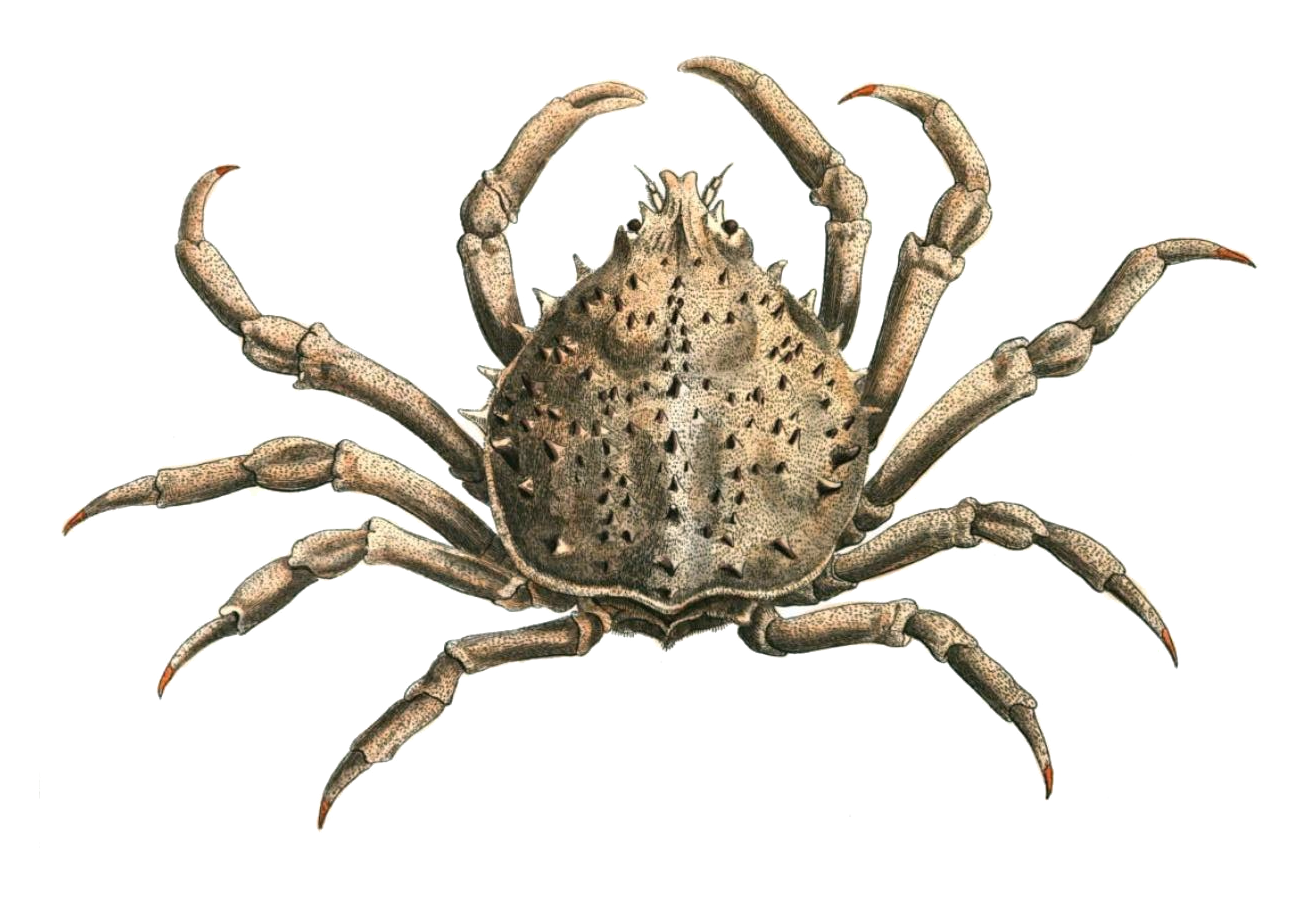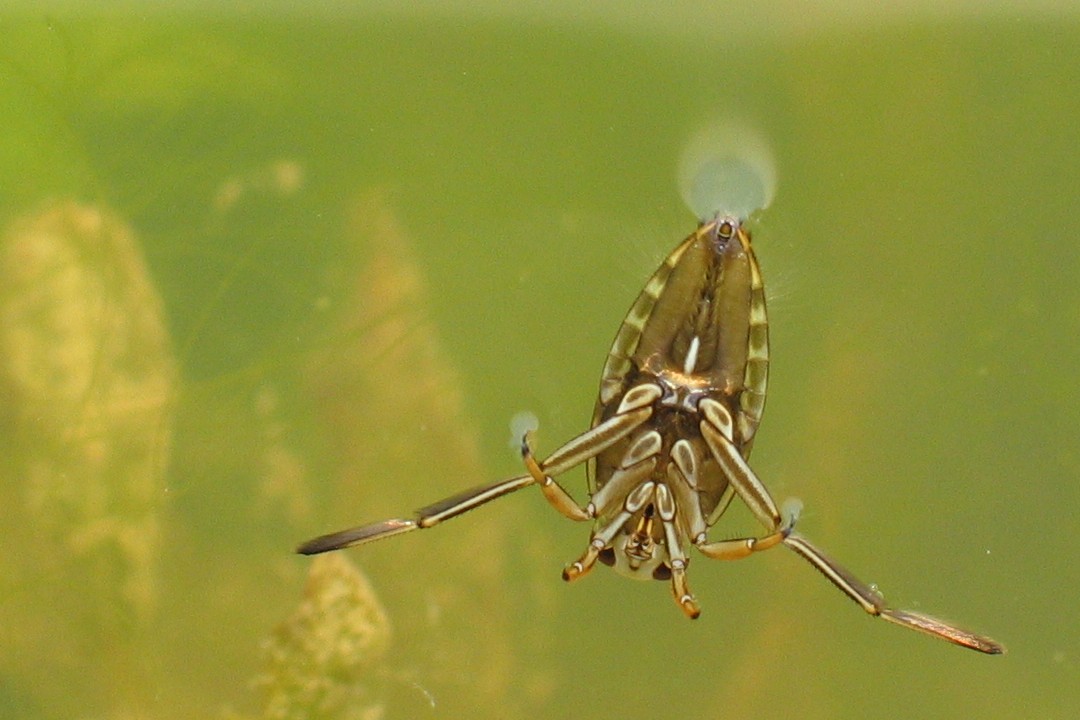|
Plea (bug)
''Plea'' is a genus of African and Palaearctic water bugs in the family Pleidae. Species The Global Biodiversity Information Facility The Global Biodiversity Information Facility (GBIF) is an international organisation that focuses on making scientific data on biodiversity available via the Internet using web services. The data are provided by many institutions from around th ... lists:Global Biodiversity Information Facility: ''Plea'' Leach, 1818 (retrieved 29 December 2024) # '' Plea minutissima'' (synonym ''Plea leachi'' ) # '' Plea pullata'' References External links |
William Elford Leach
William Elford Leach (2 February 1791 – 25 August 1836) was an English zoologist and marine biologist. Life and work Elford Leach was born at Hoe Gate, Plymouth, the son of an attorney. At the age of twelve he began a medical apprenticeship at the Royal Devon and Exeter Hospital, Devonshire and Exeter Hospital, studying anatomy and chemistry. By this time he was already collecting marine animals from Plymouth Sound and along the Devon coast. At seventeen he began studying medicine at St Bartholomew's Hospital in London, finishing his training at the University of Edinburgh before graduating Doctor of Medicine, MD from the University of St Andrews (where he had never studied). From 1813 Leach concentrated on his zoological interests and was employed as an 'Assistant Librarian' (what would later be called Assistant Keeper) in the Natural History Museum, London, Natural History Department of the British Museum, where he had responsibility for the zoological collections. Here ... [...More Info...] [...Related Items...] OR: [Wikipedia] [Google] [Baidu] |
Hemiptera
Hemiptera (; ) is an order of insects, commonly called true bugs, comprising more than 80,000 species within groups such as the cicadas, aphids, planthoppers, leafhoppers, assassin bugs, bed bugs, and shield bugs. They range in size from to around , and share a common arrangement of piercing-sucking mouthparts. The name "true bugs" is sometimes limited to the suborder Heteroptera. Entomologists reserve the term ''bug'' for Hemiptera or Heteroptera,Gilbert Waldbauer. ''The Handy Bug Answer Book.'' Visible Ink, 1998p. 1. which does not include other arthropods or insects of other orders such as ants, bees, beetles, or butterflies. In some varieties of English, all terrestrial arthropods (including non-insect arachnids and myriapods) also fall under the colloquial understanding of ''bug''. Many insects with "bug" in their common name, especially in American English, belong to other orders; for example, the lovebug is a fly and the Maybug and ladybug are beetles. ... [...More Info...] [...Related Items...] OR: [Wikipedia] [Google] [Baidu] |
Pleidae
Pleidae, the pygmy backswimmers, is a family of aquatic insects in the order Hemiptera (infraorder Nepomorpha, or "true water bugs"). There are 37 species in three genera, distributed across most of the world, except the polar regions and remote oceanic islands.Zack ''et al.'' (2007) Pleidae belong to the Tripartita which contains the more advanced lineages of true water bugs, and are closely related to the true backswimmers (Notonectidae), but closer still to the Helotrephidae, another family of tiny Nepomorpha, which usually swim upside-down and, like the Pleidae, have a sensory organ in the center of the clypeus. Either the pygmy backswimmers are united with the Helotrephidae in the superfamily Pleoidea, or these two and the true backswimmers are placed in a single superfamily Notonectoidea. Distribution In Europe there is a single species, '' Plea minutissima'', widely found in that continent. ''Plea'' species occur in the Old World, while ''Neoplea'' is found in the Ame ... [...More Info...] [...Related Items...] OR: [Wikipedia] [Google] [Baidu] |
Global Biodiversity Information Facility
The Global Biodiversity Information Facility (GBIF) is an international organisation that focuses on making scientific data on biodiversity available via the Internet using web services. The data are provided by many institutions from around the world; GBIF's information architecture makes these data accessible and searchable through a single portal. Data available through the GBIF portal are primarily distribution data on plants, animals, fungi, and microbes for the world, and scientific names data. The mission of the GBIF is to facilitate free and open access to biodiversity data worldwide to underpin sustainable development. Priorities, with an emphasis on promoting participation and working through partners, include mobilising biodiversity data, developing protocols and standards to ensure scientific integrity and interoperability, building an informatics architecture to allow the interlinking of diverse data types from disparate sources, promoting capacity building and cat ... [...More Info...] [...Related Items...] OR: [Wikipedia] [Google] [Baidu] |
Plea Minutissima
In law, a plea is a defendant's response to a criminal charge. A defendant may plead guilty or not guilty. Depending on jurisdiction, additional pleas may be available, including ''nolo contendere'' (no contest), no case to answer (in the United Kingdom), or an Alford plea (in the United States). Under common law systems, a defendant who pleads guilty will be convicted if the court accepts the plea. The court will then determine and impose a sentence. Plea bargaining involves discussions between the prosecutor and defendants to reach an agreement for a guilty plea in exchange for a more lenient punishment. In civil law jurisdictions, a confession by the defendant is treated like any other piece of evidence. A full confession does not prevent a full trial or relieve the prosecutor from presenting a case to the court. Types of plea The most common types of plea are "guilty" and "not guilty". In some legal systems pleading guilty can result in a more lenient punishment for th ... [...More Info...] [...Related Items...] OR: [Wikipedia] [Google] [Baidu] |
Nepomorpha Genera
Nepomorpha is an infraorder of insects in the "true bug" order (Hemiptera). They belong to the "typical" bugs of the suborder Heteroptera. Due to their aquatic habits, these animals are known as true water bugs. They occur all over the world outside the polar regions, with about 2,000 species altogether. The Nepomorpha can be distinguished from related Heteroptera by their missing or vestigial ocelli. Also, as referred to by the obsolete name Cryptocerata ("the hidden-horned ones"), their antennae are reduced, with weak muscles, and usually carried tucked against the head. Most of the species within this infraorder live in freshwater habitats. The exceptions are members of the superfamily Ochteroidea, which are found along the water's edge. Many of these insects are predators of invertebrates and in some cases – like the large water scorpions (Nepidae) and giant water bugs (Belostomatidae) – even small fish and amphibians. Others are omnivores or feed on plants. Their mo ... [...More Info...] [...Related Items...] OR: [Wikipedia] [Google] [Baidu] |



